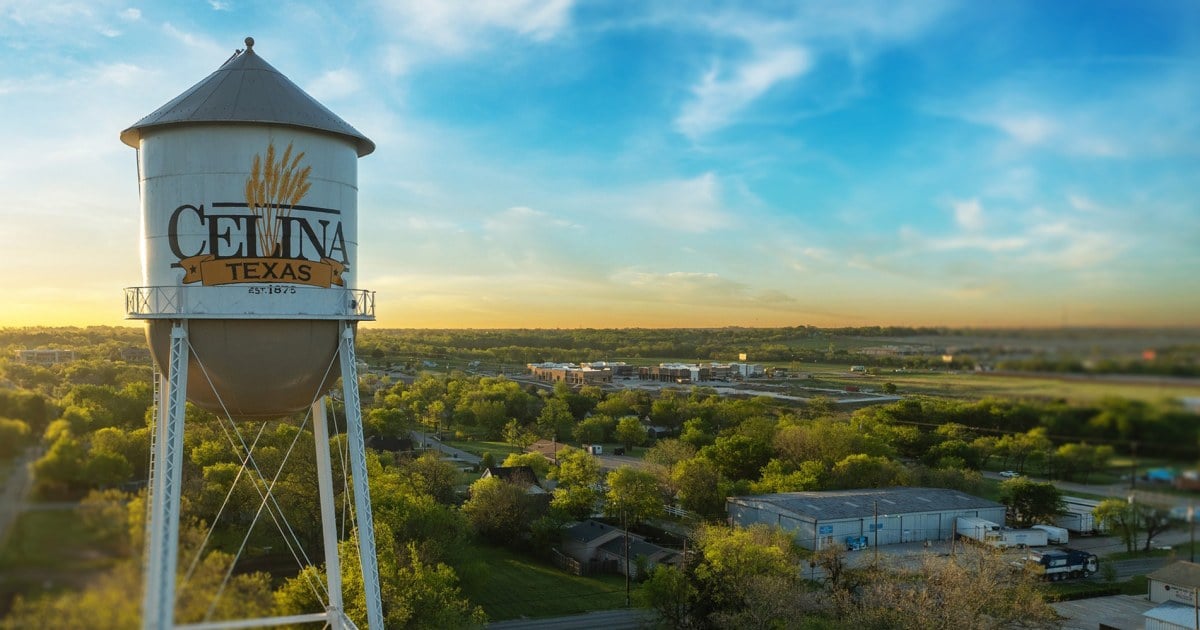- cross-posted to:
- [email protected]
- cross-posted to:
- [email protected]
Summary
Rural areas across the U.S. are transforming as affordable housing shortages push people further from urban centers.
Celina, Texas, leads this trend, experiencing a 27% population surge in 2023 alone. It grew from 7,000 residents a decade ago to over 43,000, as reported by the Census.
Lower housing costs and available land attract newcomers, but rapid growth is replacing farmland and small-town traditions with dense developments and chain stores.
While some welcome affordable lifestyles and opportunities, others face rising costs, loss of community, and strained infrastructure.



Affordable housing would be more possible in cities if their building codes weren’t so heavily calcified by landlords and NIMBYs 40 years ago. Still, it’s good that all these small towns are seeing a resurgence in both population and cultural change, even if their original occupants hate it.
Yeah who cares about non-flammable materials and ADA access. Gimme my cheap cracker box!
There’s a huge difference between fire codes and R1 zoning with massive setbacks/minimum lot size/maximum lot coverage/mandatory parking minimums/etc.
Build a new city 🤷♂️
That is literally what they’re doing
Build one in a location that isn’t already a rural city. This article is about someone complaining her farm town is being made into a city. Put it in the middle of nowhere. Build it UP and walkable. No cars allowed (on city streets).
But none of that is ever gonna happen in the US, so it’s not worth going back and forth about.
The reason there aren’t already settlements in the middle of nowhere is because there aren’t any valuable resources, or transport opportunities like ports or rivers.
All we need is a square mile. (AI calculation)
To estimate how many people could fit comfortably in the city, we need to calculate the total residential space and divide it by an assumed space requirement per person.
Key Assumptions:
1. City Size: 1 square mile = 5280 \times 5280 \, \text{feet}^2 = 27,878,400 \, \text{ft}^2 .
2. Building Coverage: Assume 50% of the square mile is covered by buildings (a typical urban density).
• Building footprint area = 27,878,400 \times 0.5 = 13,939,200 \, \text{ft}^2 .
3. Building Height: 20 floors per building.
• Total building floor area = 13,939,200 \times 20 = 278,784,000 \, \text{ft}^2 .
4. Residential Space: 75% of the floor area is for housing.
• Residential floor area = 278,784,000 \times 0.75 = 209,088,000 \, \text{ft}^2 .
5. Space Per Person: Assume each person requires 300 ft² of residential space (includes living space, hallways, and shared amenities).
Calculation:
• Number of people = \frac{\text{Total Residential Space}}{\text{Space Per Person}}
\text{Number of people} = \frac{209,088,000}{300} \approx 696,960
Final Estimate:
Approximately 697,000 people could fit comfortably into the city.
Okay but people aren’t just inert gray cubes. You can’t just pack them up in warehouses in East Bumfuck, Oklahoma. They have wants and needs. And not just basic infrastructure like power and water, you also need arts and entertainment. You can’t just plop down a city like a video game.
ON ROCK AND ROLL!
I will accept that as the anthem. We will also build this city with noise canceling walls.
I meant more along the lines of “There can’t be any new high-density housing developments because itll destroy the characterof the area”, or “we can’t build new public transport infrastructure because the construction will be too loud :(((”. You know, shit that everyone except NIMBYs and scumbag landlords actually wants.
Ahh got it. Fortunately there is a lot of land outside the city, and I think it would be good to make a few new modern cities with tall low cost rent and a walkable environment. NIMBY can live in peace.
But you see, that’s the thing; the NIMBYs cry and scream and bitch and moan about all these infrastructure projects, claiming they’ll ruin everything and lower property values or whatever, but when they’re completed, and property values shoot up because people actually want to live there now, they shut up and claim they were never against them in the first place.
Because NIMBYs are hypocrites, and were using public infrastructure the whole time. They’ll never move outside of the suburb or city they’re in now, because if they did they’d complain that there was no infrastructure there that they were used to.
Some people just want to complain. Not much we can do. I suggest giving them what they want and building a new sustainable city run by open minded people.
its parking minimums that do the most damage to housing. Car companies fucking with everything in this country
Well, if cities would implement decent public transit and urban planning, that would be less of an issue. But older cities are hard to retrofit and newer cities have so much sprawl that public transit always feels sparse.
I really think we should focus on building new developments with a small footprint, building tall, and banning cars altogether with a robust transit system. But, then the “who pays for it?” Bullshit starts, gets wrapped up in red tape, and suffocates.
I don’t think there’s even an “if” there. There’s nothing showing parking minimums help anything except increase the size of drainage systems, driveways, and engineering costs.
Parking requirements should be placed on the purchase of a vehicle not the design of a house. If you don’t have a car you don’t need parking.